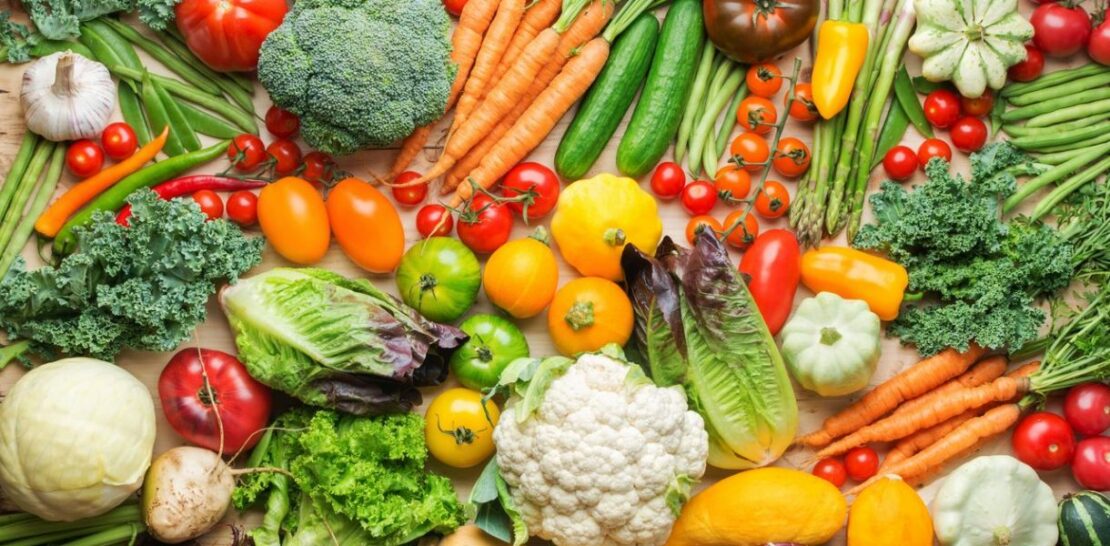As a specialist of the English language, I have always been fascinated by the intricate connection between language and culture, especially when it comes to food.
Throughout history, different cooking techniques have developed across various regions, and each method has its unique effect on the nutritional value of the food being prepared.
While some cooking processes can enhance the flavors and health benefits of certain ingredients, there are instances where culinary techniques can actually strip away the very nutrients we seek to gain from our food.
In this comprehensive guide, we will explore five foods that are best enjoyed raw in order to preserve their incredible nutritional properties, ensuring that you can obtain the maximum health benefits from these natural wonders.
The Nutritional Powerhouses: Foods Best Enjoyed Raw
When it comes to maintaining a healthy diet, it is generally agreed that incorporating a variety of fruits and vegetables is essential. Many of these nutrient-rich foods provide the most benefits when consumed in their natural, uncooked state. The following five foods are prime examples of ingredients that should be enjoyed raw in order to reap their full nutritional potential:
- Cruciferous Vegetables
- Nuts and Seeds
- Red and Yellow Peppers
- Garlic
- Dark Leafy Greens
Cruciferous Vegetables: Unlocking the Cancer-Fighting Compounds
Cruciferous vegetables, such as broccoli, cauliflower, kale, and Brussels sprouts, are known for their high levels of antioxidants and cancer-fighting compounds. However, these powerful nutrients can be significantly diminished when cooked, especially through methods that involve high heat or boiling.
When consumed raw, these vegetables provide an abundance of glucosinolates, which are sulfur-containing compounds that have been shown to reduce the risk of developing certain types of cancer. These compounds are converted into isothiocyanates upon being chewed or chopped, and it is these byproducts that have been linked to cancer prevention. By avoiding cooking methods that can break down these valuable compounds and instead opting for raw consumption, you can maximize the health benefits of these nutrient-dense foods.
Some easy ways to incorporate raw cruciferous vegetables into your diet include:
- Enjoying a fresh kale salad with a simple lemon and olive oil dressing
- Adding raw cauliflower florets to a colorful vegetable platter
- Blending broccoli into a refreshing green smoothie
Nuts and Seeds: The Unprocessed Path to Healthy Fats and Protein
When it comes to sources of healthy fats and protein, nuts and seeds are hard to beat. These nutritional powerhouses are packed with essential vitamins, minerals, and heart-healthy fats, making them an excellent addition to any diet. However, the nutrients found in nuts and seeds can be compromised when exposed to high temperatures during the roasting process.
One of the primary reasons to avoid cooking nuts and seeds is that the heat can cause the unsaturated fats present in these foods to oxidize, leading to the formation of harmful free radicals. In addition, high temperatures can also destroy the delicate vitamins and minerals found in these nutrient-rich foods. To ensure that you are obtaining the full health benefits of nuts and seeds, enjoy them in their natural, unprocessed state.
Some delicious ways to incorporate raw nuts and seeds into your diet include:
- Snacking on a handful of raw almonds or sunflower seeds
- Blending cashews into a creamy, dairy-free sauce
- Sprinkling chia seeds onto a fresh fruit salad
Red and Yellow Peppers: A Colorful Burst of Vitamin C
When it comes to foods rich in vitamin C, red and yellow peppers may not be the first options that come to mind. However, these vibrant vegetables actually contain more vitamin C than oranges, making them a fantastic addition to a healthy diet. Vitamin C is a powerful antioxidant that has been shown to boost immune function, protect against cardiovascular disease, and aid in collagen production. To unlock the full potential of these colorful peppers, it is best to consume them raw.
During the cooking process, the heat can cause vitamin C to degrade, resulting in a significant loss of this essential nutrient. This is due to the fact that vitamin C is a water-soluble vitamin, making it highly susceptible to heat damage. In order to preserve the maximum amount of vitamin C in red and yellow peppers, it is important to enjoy them in their raw state, where their nutritional value remains uncompromised.
Some creative ways to enjoy raw red and yellow peppers include:
- Slicing them into strips for a crunchy, nutritious snack
- Dicing them and adding to a fresh, homemade salsa
- Stuffing them with a healthy mixture of quinoa and vegetables for a satisfying meal
Garlic: Harnessing the Power of Allicin
Garlic is a well-known staple in many cuisines around the world, valued not only for its unique flavor but also for its numerous health benefits. This potent bulb has been shown to possess antimicrobial, antiviral, and anti-inflammatory properties, making it a valuable addition to a well-rounded diet. The key to unlocking garlic’s full potential, however, lies in its raw form.
When garlic is chopped or crushed, an enzyme called alliinase is released, which in turn produces a compound called allicin. Allicin is responsible for many of garlic’s medicinal properties, including its ability to combat harmful bacteria and boost immune function. Unfortunately, cooking garlic can greatly reduce the amount of allicin present, diminishing its potent health benefits. To truly harness the power of garlic, it is best to consume it raw, ensuring that the allicin content remains at its highest level.
Some ideas for incorporating raw garlic into your meals include:
- Adding finely minced garlic to a homemade salad dressing
- Blending a small clove into a nutritious green smoothie
- Mixing crushed garlic with mashed avocado for a zesty guacamole
Dark Leafy Greens: Maximizing Nutrient Absorption
Dark leafy greens, such as spinach, kale, and Swiss chard, are renowned for their impressive nutritional profiles. Packed with vitamins, minerals, and antioxidants, these vegetables are essential components of a healthy diet. While cooking these greens can sometimes make them more palatable or easier to digest, it is important to consider the potential loss of nutrients that can occur during the cooking process.
One of the primary concerns with cooking dark leafy greens is the potential loss of water-soluble vitamins, such as vitamin C and the B vitamins. These essential nutrients are prone to degradation when exposed to heat, resulting in a less nutritionally-dense final product. Additionally, cooking can also lead to a reduction in the bioavailability of certain minerals, such as calcium, magnesium, and iron. To maximize nutrient absorption, it is best to consume dark leafy greens in their raw state.
Some delicious and nutritious ways to enjoy raw dark leafy greens include:
- Tossing a generous handful of spinach into a fruit smoothie
- Massaging kale with a flavorful dressing for a nutrient-dense salad
- Using large Swiss chard leaves as a wrap for a tasty, low-carb sandwich
In conclusion, the key to unlocking the full nutritional potential of these five foods lies in their raw, uncooked state. By incorporating cruciferous vegetables, nuts and seeds, red and yellow peppers, garlic, and dark leafy greens into your diet in their most natural form, you can ensure that you are obtaining the maximum health benefits these foods have to offer. Embrace the power of raw foods and elevate your overall wellness by preserving the incredible nutritional properties of these natural wonders.




